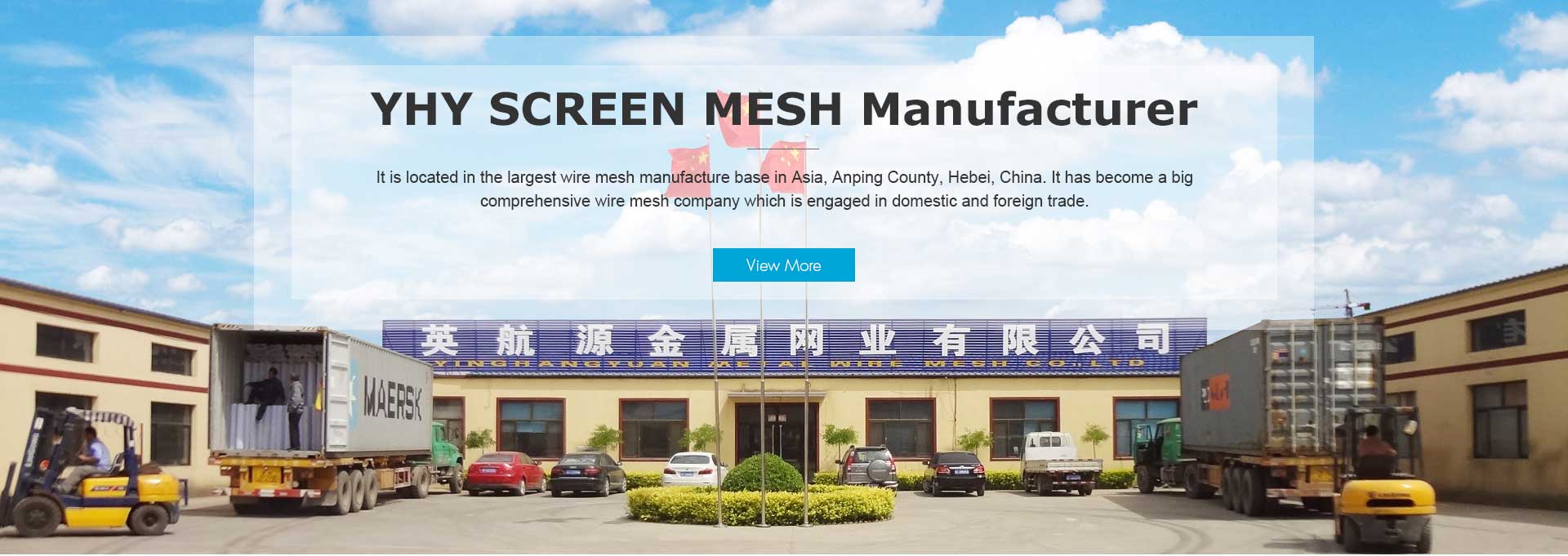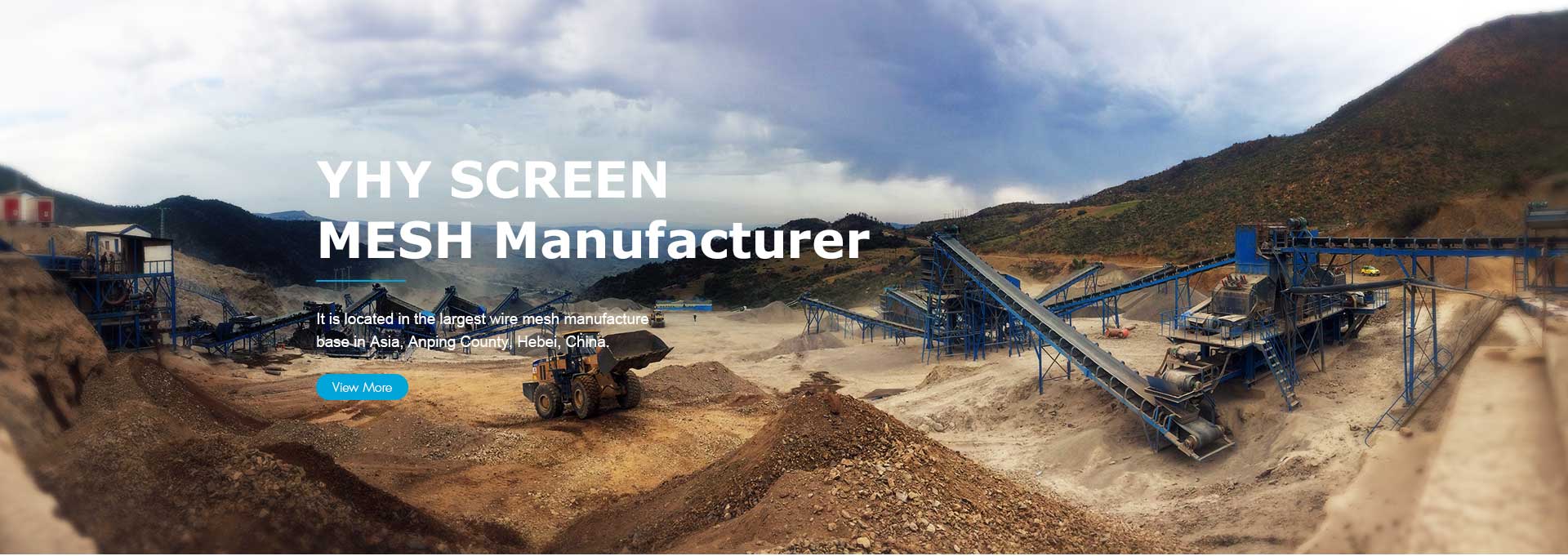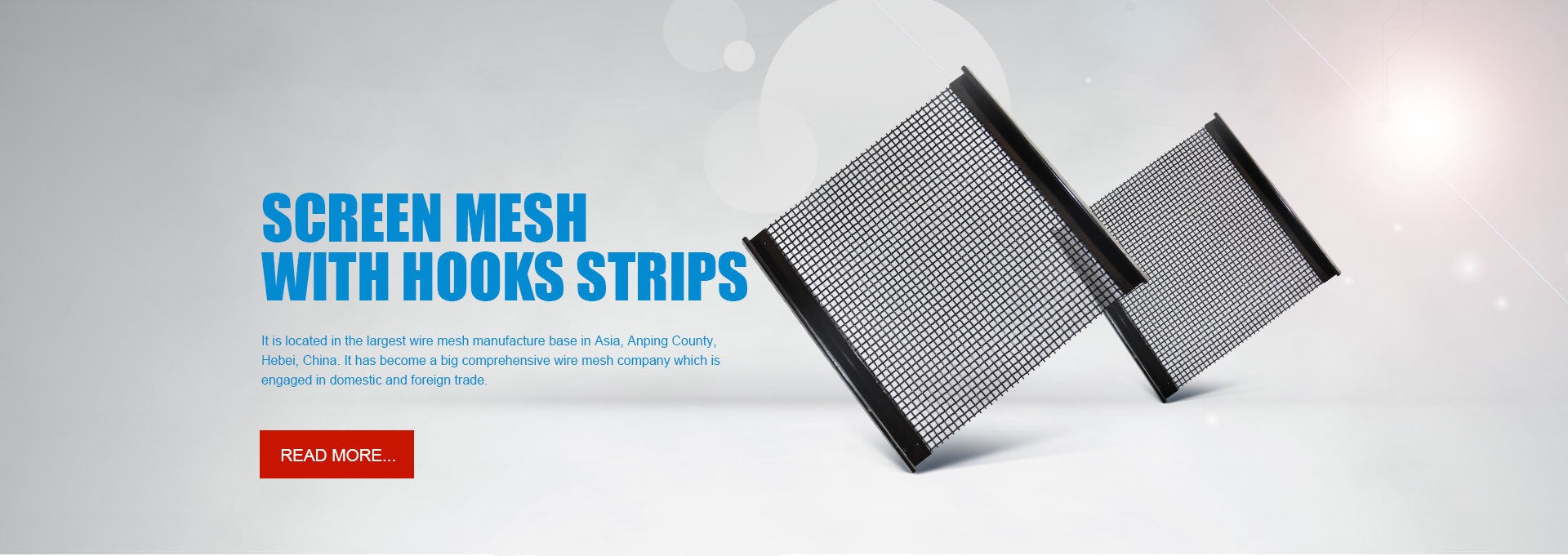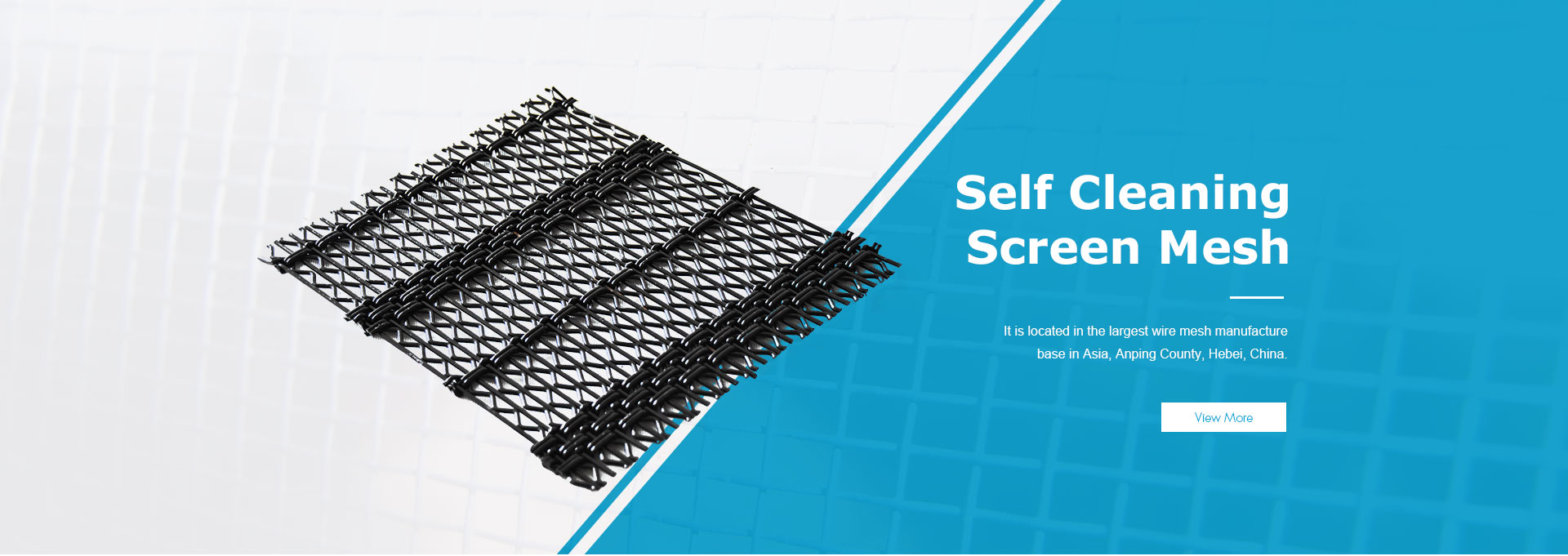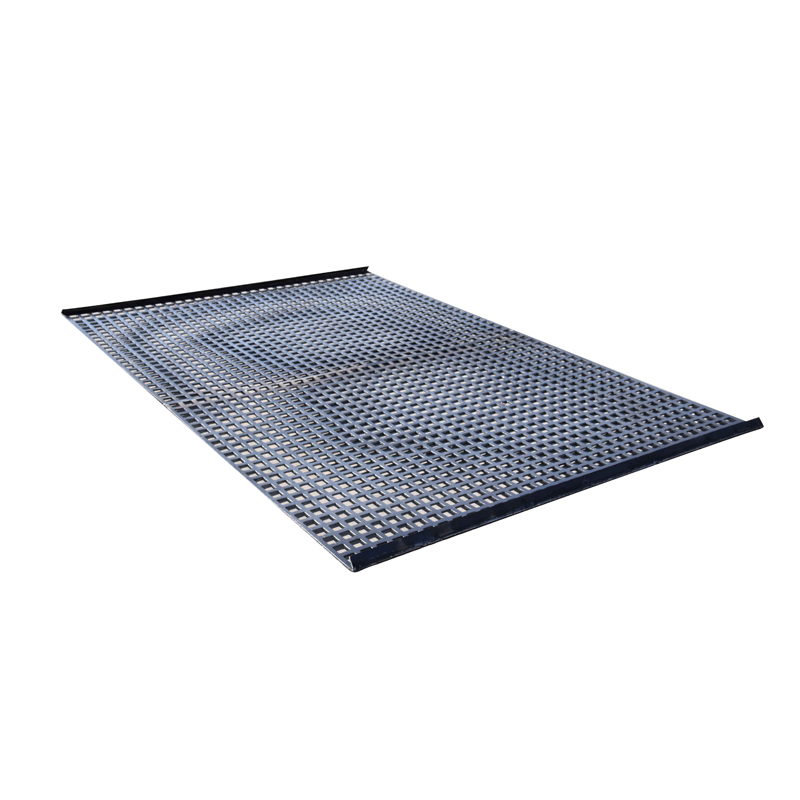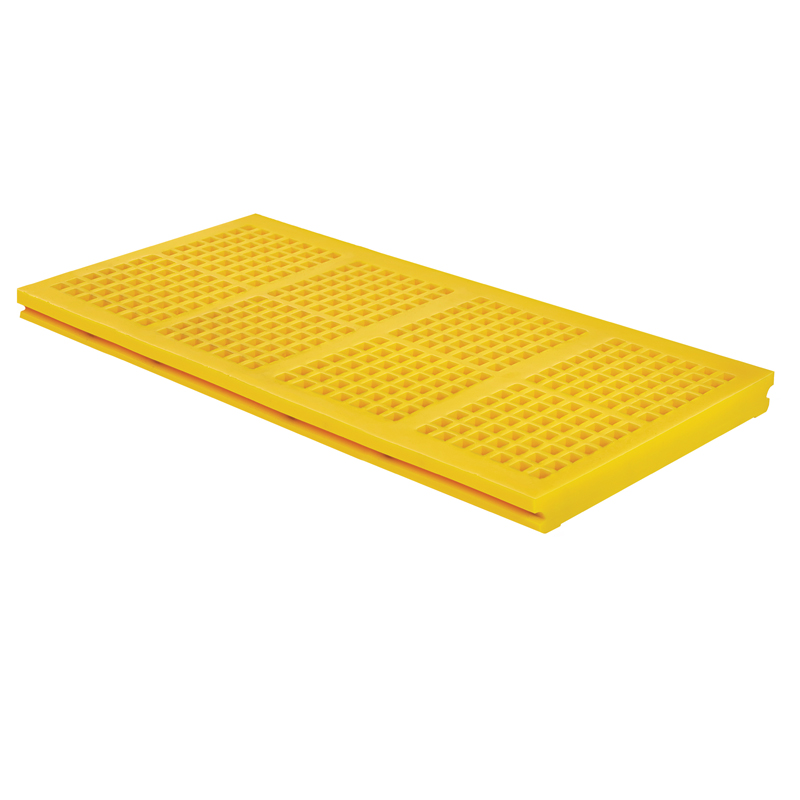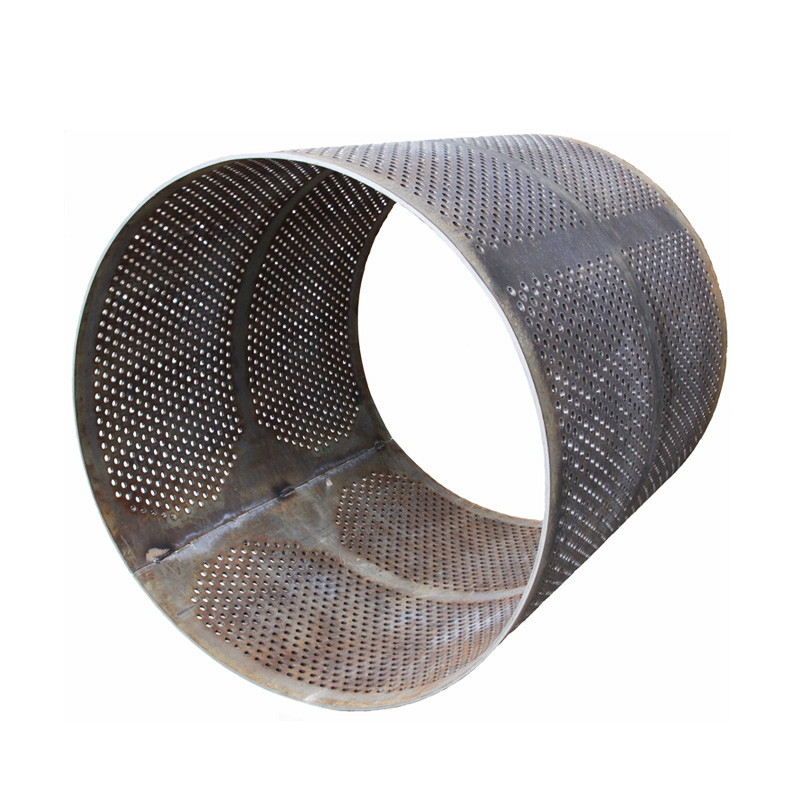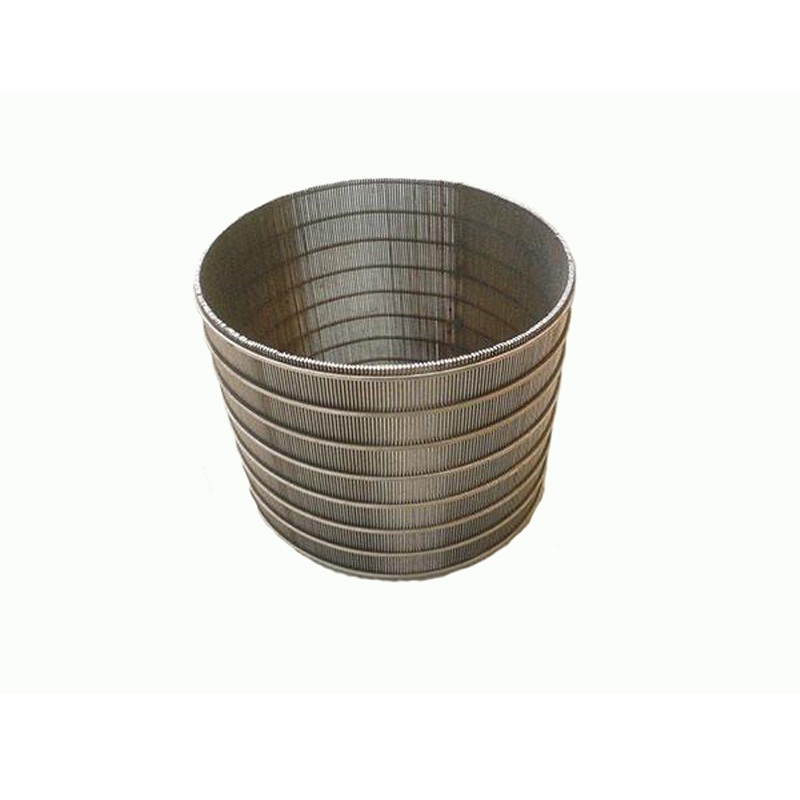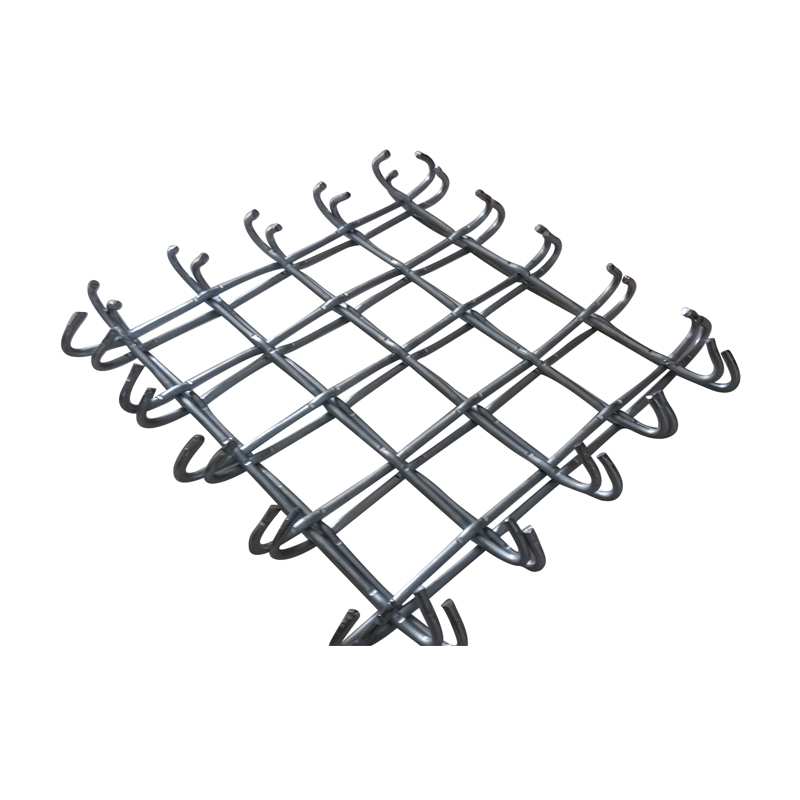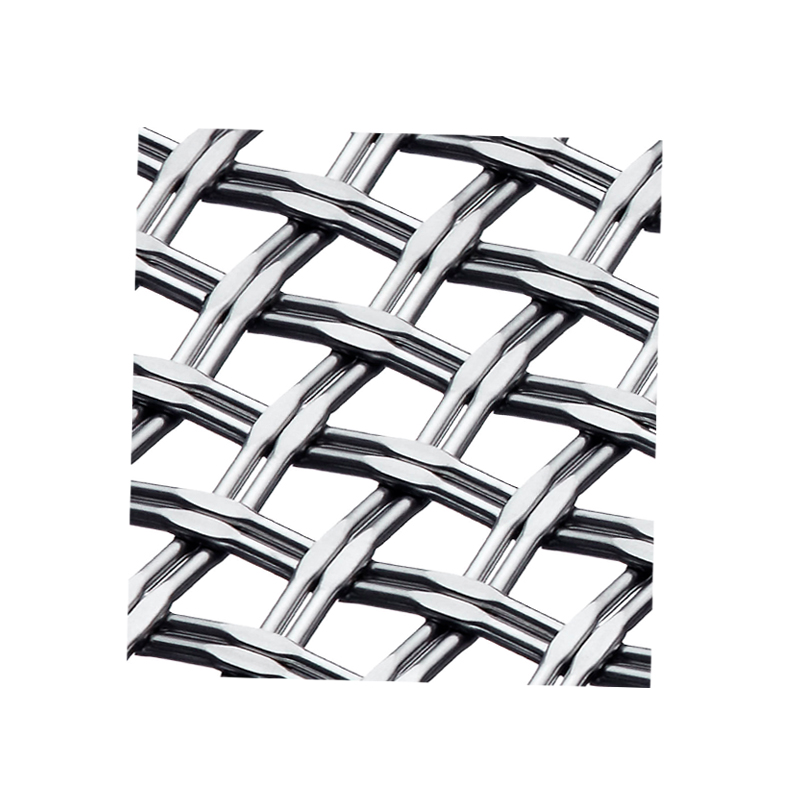What is the reason for heat treatment of stainless steel mesh
Oct. 21, 2022
Stainless steel mesh has always been loved by people, and its corrosion resistance and corrosion resistance characteristics are particularly favored. Then, such a good product must also have its special treatment, and the stainless steel wire mesh has its characteristics through heat treatment.
Heat treatment technology is also a key part of the entire stainless steel mesh production process. The strength and hardness of the stainless steel mesh after blasting and welding are increased. The reduction in plasticity is not conducive to subsequent straightening and application requirements. The process practice of heat treatment is to eliminate the internal stress after blasting composite. Progressive plasticity. However, because general stainless steels have their own solution treatment guidelines.
It is inevitable to conflict with the heat treatment criteria of carbon steel, such as ultra-low carbon dual-phase 00Crl8Ni5M.3512, 00Cr22Ni5M03N, etc. staying below 950Y for a long time is easy to separate Fe-Cr gold interphase brittle phase, which will seriously deteriorate the plasticity of stainless steel , intergranular corrosion resistance and other functions, while the normal normalizing temperature of carbon structural steel is near 890Y, long-term over-temperature heating will lead to coarse grains and reduced resistance.
Such a combination is particularly important in the selection of heat treatment temperature, holding time and cooling criteria. In addition, the heat treatment criterion also has a great influence on the shear strength of stainless steel mesh. Taking 1Crl8Ni8T1 16Mn stainless steel mesh as an example, when the heat treatment temperature is higher than 400 degrees, the shear strength is significantly reduced due to the coarse grains of the bottom layer, but the impact resistance , bending function, elongation can be significantly improved with the progress of heat treatment temperature.










